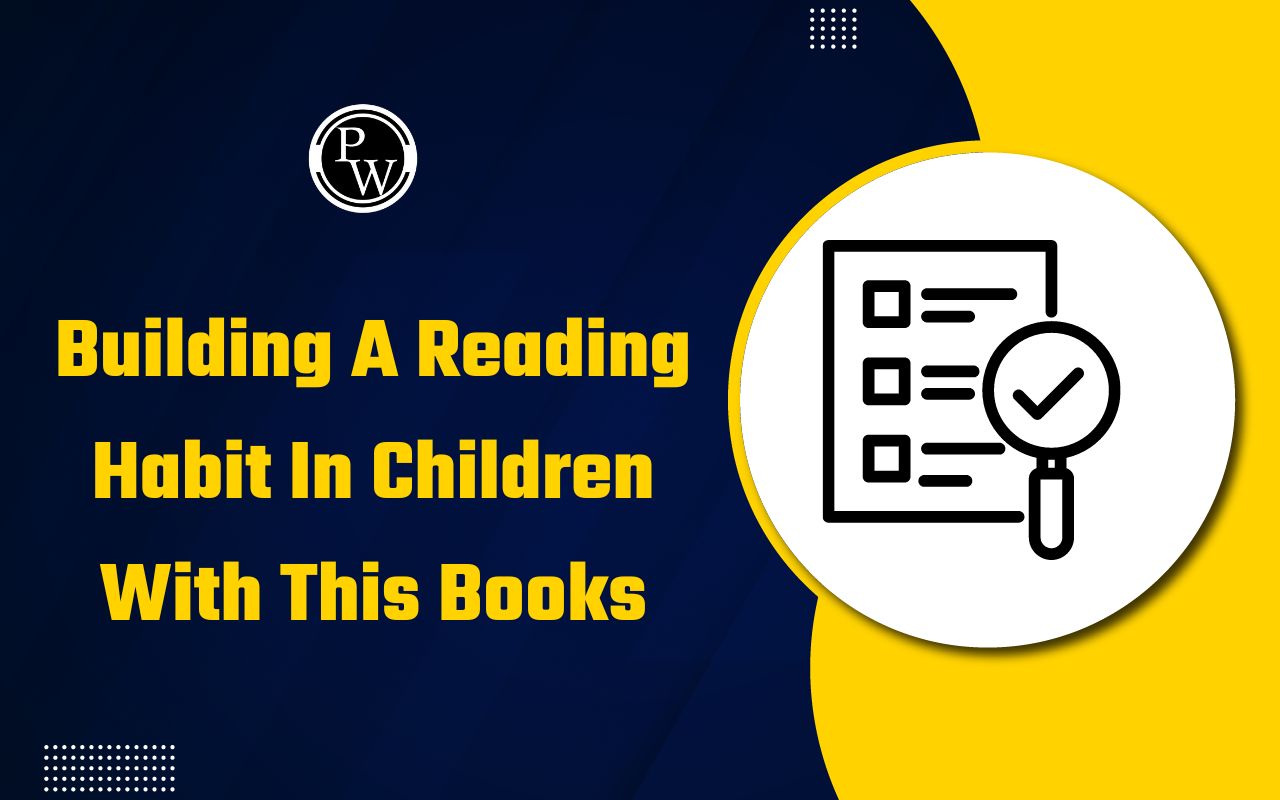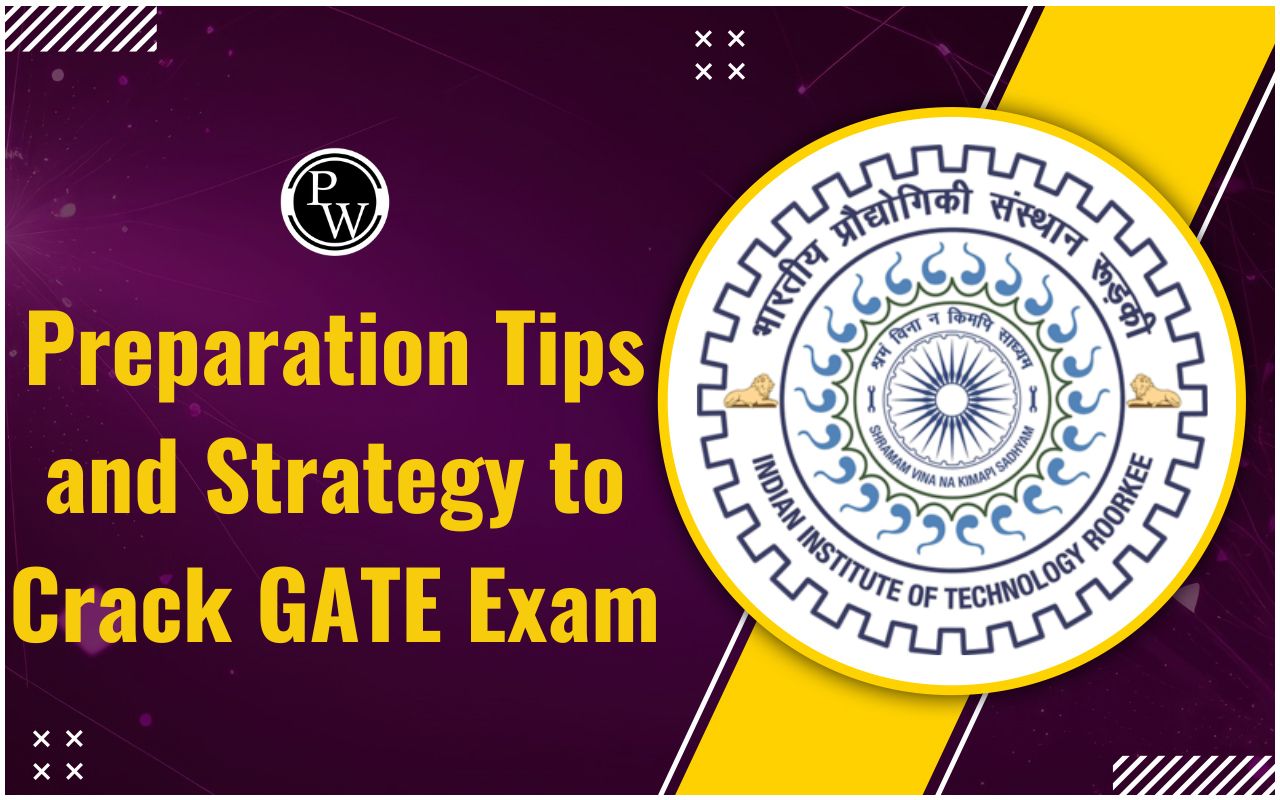NCERT Solutions for Class 8 English Chapter 3 Glimpses of the Past

NCERT Solutions for Class 8 English Chapter 3: Glimpses of the Past are designed to help students understand the chapter easily and answer questions effectively. This chapter focuses on history and memories from the past, helping students learn about important events, people, and cultural changes. Using NCERT solutions makes it easier to understand the story, the language, and the lessons taught in the chapter.
The solutions provide step-by-step answers for all exercises, including comprehension questions, short answer questions, and long answer questions. They explain difficult words, phrases, and sentences in simple language so that students can grasp the meaning quickly. NCERT Solutions also include examples from the text, helping students understand the context and improve their reading and writing skills.
Regular use of these solutions helps students revise the chapter effectively and prepare well for exams. They also improve understanding of grammar, vocabulary, and sentence construction. By following these solutions, students can answer questions confidently, learn the moral and historical lessons from the text, and perform better in class and exams. Overall, NCERT Solutions for Class 8 English Chapter 3 are a valuable resource for learning, revision, and exam preparation.
Check Out: Class 8th Books
Glimpses of The Past Question Answers
Students of the Class 8 CBSE board must go through the Glimpses of The Past question answers below
Question 1. Look at picture 1 and recall the opening lines of the original song in Hindi. Who is the singer? Who else do you see in this picture?
Answer: The original song is “Ae mere watan ke logon….” The singer is Lata Mangeshkar.
Pandit Jawaharlal Nehru, Lal Bahadur Shastri, Indira Gandhi, Bahadur Shah Zafar, Rani Laxmi Bai, Bal Gangadhar Tilak, Lala Lajpat Rai, Bhagat Singh, Subhash Chandra Bose and Mahatma Gandhi are also seen in the picture.
Read More: NCERT Solution for Class 8 English Chapter 1
Question 2. In Picture 2 what do you understand by the Company’s “superior weapons”?
Answer: The company’s superior weapons mean all their wits, strength, rules and regulations.
Question 3. Who is an artisan? Why do you think the artisans suffered? (picture 3)
Answer: An artisan is a skilled manual worker who crafts items that may be functional or strictly decorative. The artisans suffered because the British were extracting very high taxes from them, which ruined them economically. Moreover, machine-manufactured goods imported from Britain were sold extensively, which ruined the business of the artisans’ hand-made goods.
Read More: NCERT Solutions for Class 8 English Chapter 2
Question 4. Which picture, according to you, reveals the first sparks of the fire of revolt?
Answer: Picture 7 ‘The Sparks’ reveals the first sparks of the fire of revolt.
Working with Text Answer the following Questions:
Question 1. Do you think the Indian princes were short-sighted in their approach to the events of 1757?
Answer: Yes, the Indian princes were short-sighted in their approach to the events of 1757.
Question 2. How did the East India Company subdue the Indian princes?
Answer: The Indian princes were constantly at war with each other. They called the English merchants to help them in their fights. The people had no peace due to such constant fights. The rivalries helped the East India Company subdue the Indian princes one by one.
Question 3. Quote the words used by Ram Mohan Roy to say that every religion teaches the same principles.
Answer: According to Ram Mohan Roy, “Cows are of different colours, but the colour of their milk is the same. Different teachers have different opinions, but the essence of every religion is the same.”
Question 4. In what ways did the British officers exploit Indians?
Answer: To earn quick profits, the British imposed heavy taxes, thereby forcing the Indian farmers to abandon their fields. They decided to do away with import duty for goods manufactured in England. This crippled the Indian industries. In 1818, they passed Regulation III. Under it, an Indian could be jailed without trial in a court. All the time British officers in India drew big salaries and also made fortunes in private business. By 1829, Britain was exporting British goods worth seven crore rupees to India. The British prospered on the Company’s loot, while the Indian industries began to die.
Question 5.Name these people :
(i) The ruler who fought pitched battles against the British and died fighting.
(ii) The person who wanted to reform the society.
(iii) The person who recommended the introduction of English education in India.
(iv) Two popular leaders who led the revolt (Choices may vary.)
Answer:
(i) Kunwar Singh
(ii) Ram Mohan Roy
(iii) Macaulay
(iv) Maulvi Ahmedulla of Faizabad and Peshwa Nana Saheb
Question 6. Mention the following :
(i) Two examples of social practices prevailing then.
(ii) Two oppressive policies of the British.
(iii) Two ways in which common people suffered.
(iv) Four reasons for the discontent that led to the 1857 War of Independence.
Answer:
(i) Untouchability and child marriage
(ii) The British decided to do away with import duty on goods manufactured in England. This severely affected Indian industries.
In 1818, they passed Regulation III. Under it, an Indian could be jailed without trial in a court.
(iii) They lost their old jobs and lands. They were being converted by the British.
(iv) Discontent was brewing amongst the Indians. They felt that their kings who were supposed to be their protectors were mere puppets in the hands of the British. They lost their old jobs and lands. Taxes continued to ruin the peasants. There was discontent in the East India Company’s army too. The white soldier got huge pay, mansions to live in and servants, while the Indian soldiers got a pittance and slow promotions. Few Englishmen had cared to understand Indian customs or the people’s mind. The religious sentiments of both Hindus and Muslims were also hurt. The grease on the bullets they had to bite was made from the fat of cows and pigs.
Chec out: PW School Books
Working with Language
Question 1.
Change the following sentences into indirect speech.
(i) First man : We must educate our brothers.
Second man: And try to improve their material conditions.
Third man: For that we must convey our grievances to the British Parliament
The first man said that _______
The second man added that _______
The third man suggested that _______
(ii) First soldier: The white soldier gets huge pay, mansions and servants.
Second soldier: We get a pittance and slow promotions.
Third soldier: Who are the British to abolish our customs?
The first man said that _______
The second soldier remarked that _______
The third soldier asked _______
Answer:
(i) The first man said that they must educate their brothers.
The second man added that they must try to improve their material conditions.
The third man suggested that they must convey their grievances to the British Parliament.
(ii) The first soldier said that the white soldier got huge pay, mansions and servants.
The second soldier remarked that they got a pittance and slow promotions.
The third soldier asked who the British were to abolish their customs.
Long Answer Type Question
Question 1 How did the British East India Company eventually become the ruler of India? What tactics did they adopt to expand their empire?
Answer: The British came to India as traders. Their chief motive was to make a fortune. But they needed political power to carry on their trade. They imposed heavy taxes on the peasants. The Indian goods lost their demand because the market was flooded with imported English goods. These goods didn’t have to pay import duty. The British, in this way, ruined the skilled Indians. They dethroned the Indian rulers and took advantage of their rivalries. Slowly and steadily they spread their empire all over India.
Question 2 How did the white rulers cripple Indian industries?
Answer: The white rulers were chiefly traders. Their chief aim was to make profits at all cost. Hence, they began to ruin Indian industries. They imposed heavy taxes on farmers. They destroyed Indian cottage industries in order to sell goods manufactured in England. They exempted all goods imported from England from duties. In this way, their business flourished while the Indian industries died. The British made the Indians weak as well as poor.
Question 3 Give a brief account of the role of Raja Rammohan Roy in spreading awareness in the Indian society.
Answer: Raja Ram Mohan Roy was a learned man, a social reformer and a true nationalist. He was from Bengal. He understood well what was wrong with the Indian society. He called upon the people to fight against social evils of untouchability and child marriage. He also asked the people to throw out superstitions. He asked them to feel proud of their culture and learn English. Then alone they would be able to write to the British Parliament for a fair deal.
Check out: Science Experiment Kit For Class 8th
Class 8 English Chapter 3 Glimpses of the Past Summary
Glimpses of the Past is a chapter that takes us through important events in Indian history, particularly focusing on the early 20th century. The chapter provides a look at how people in India were fighting for their freedom from British rule.
The chapter begins by describing the period when India was under British colonial rule. It talks about how Indians were unhappy with British control and wanted to end it. During this time, many brave leaders and ordinary people started to work towards gaining independence for their country.
One key figure mentioned in the chapter is the famous leader Mahatma Gandhi. He played a crucial role in the struggle for independence through his ideas of non-violence and peaceful protests. Gandhi's methods inspired many Indians to join the fight for freedom.
The chapter also describes the impact of World War I on India. The war caused economic problems and increased the desire for independence among Indians. The British government made some promises to Indians, but these were not fully kept, which led to more unrest.
Another important event covered is the Jallianwala Bagh massacre of 1919. In this tragic incident, British troops killed hundreds of innocent Indian people who were protesting peacefully. This event shocked and angered many Indians, further strengthening their resolve to fight for freedom.
Overall, "Glimpses of the Past" highlights the struggles and sacrifices of those who fought for India's independence. It helps us understand the hardships they faced and the determination that eventually led to the country's freedom.
Class 8 English Chapter 3 Question Answer FAQs
Q1. What is the name of chapter 3 class 8 in English?
Ans. The name of chapter 3 class 8 in the English CBSE board is The Glimpses of the Past.
Q2. What do you understand by the company's superior weapons in picture 2?
Ans. The Company's “superior weapons” are its wits, strength, rules, and regulations. Ans: A skilled manual worker who does crafting work in items that could be functional or decorative, is called an artisan.
Q3. Why did Ram Mohan Roy go to England?
Ans. Ram Mohan Roy went to England to see what made the British so powerful. There he told them that they (Indians) accepted them as rulers and they must accept them (Indians) as subjects. He also reminded them of the responsibility a ruler owed to his subjects.
Q4. What was Regulation III?
Ans. In 1818, the British had passed Regulation III. Under this Regulation, an Indian could be jailed without trial in a court.
Q5. What did Macaulay suggest in 1835?
Ans. An Englishman Macaulay suggested that Indians should be taught through the English language.









